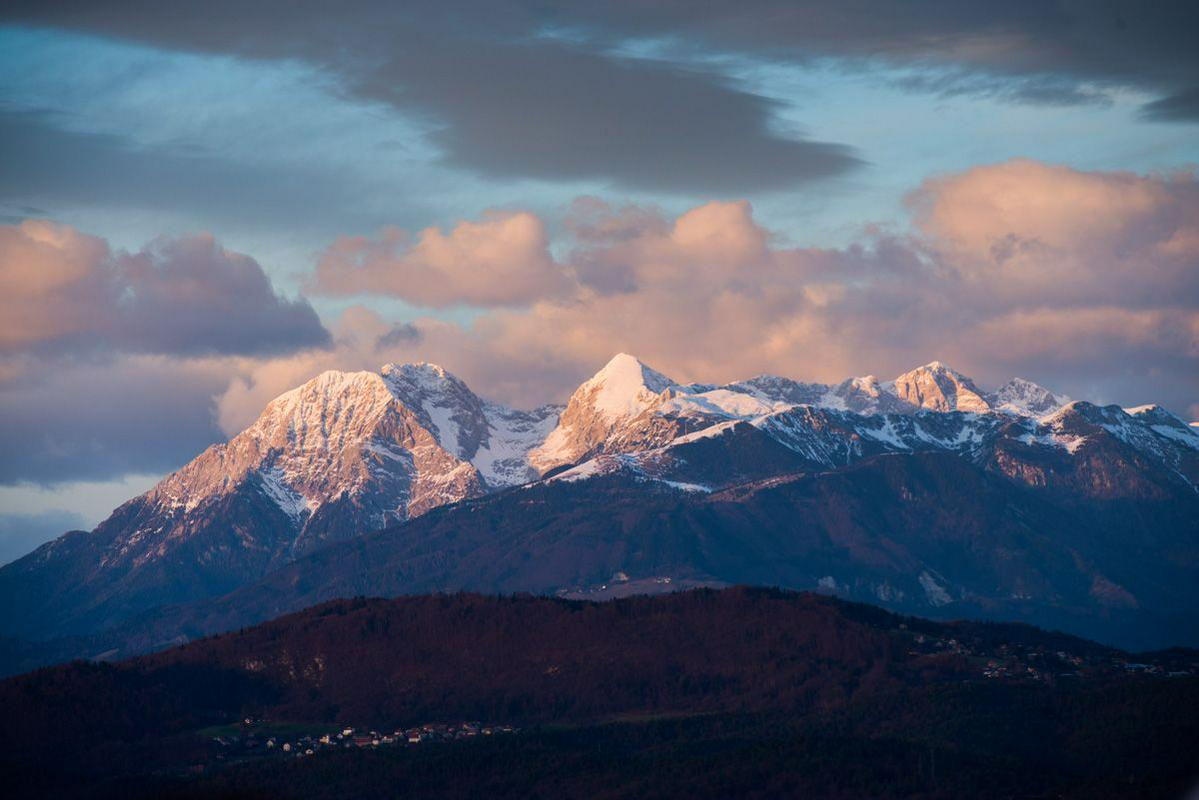
Slovenia is often called a land of mountains and its people tend to be proud of their long tradition of mountaineering. From the country’s own Alpine peaks to the wilds of Himalaya, Slovenian expeditions have pioneered a number of challenging ascents. It was not just men who made history; several Slovenian women have also become legendary for their mountaineering prowess.
Pavla Jesih is perhaps the most famous of them all. Born into a wealthy family 1901, she made her name by successfully tackling some of the most difficult northern faces in the Slovenian Alps at a time when female mountaineers were exceedingly rare. In the 1930s, she put her mountaineering career on hold and devoted most of her time to several movie theaters that she had bought around Slovenia – also an unusual occupation for a woman of that era. After World War II, she teamed up with the legendary Slovenian mountaineer Joža Čop and made an attempt to summit Slovenia’s legendary Triglav via a new, highly risky route. Jesih collapsed from exhaustion before making it to the top, and a mountain rescue team was called in to assist her. She refused help, however, and made it to the top of the mountain all by herself, turning her ascent into a legendary feat.
Mira Debelak-Deržaj, with the masculine nickname “Marko,” was born in 1904. At first, she frequently teamed up with Pavla Jesih but later had a falling out with her slightly older older colleague. During her climbing career, Debelak-Deržaj successfully tackled 23 pioneering accents, including the brand-new Slovenian ascent on Ben Nevis in Scotland. She also made a name for herself with ascents made in difficult winter conditions and even skied at high altitudes. Together with Fanny Copeland, a Briton living in Slovenia, she authored an English-language guide to the Slovenian mountains and wrote a number of articles on mountaineering for prestigious European publications.
Nadja Fajdiga, born in 1926, was among the most successful postwar mountaineers. She was the first woman to climb several challenging ascents in the Slovenian Alps, the Italian Dolomites, and beyond. She climbed most of Matterhorn’s legendary northern face, but her life-long dream of climbing Eiger in Switzerland remained unfulfilled.
Marija Frantar, born in 1956, was another leading woman mountaineer of the postwar era. She was the eighth woman to make it to the top of the legendary Nanga Prabat in the Himalayas, and the first to get there via a particularly tricky ascent. She successfully tackled a number of peaks in the Alps, the Himalayas, and the Pamir range. In 1991, Frantar was on her way to becoming the first woman on the summit of Kangchenjunga, the world’s third highest mountain, but was killed during her ascent.
Marija Štremfelj, born in 1957, became the first Slovenian woman – and the 13th woman overall – to summit Mt. Everest. She scaled the peak together with her husband, Andrej Štremfelj, and the two also became the first married couple on the Roof of the World. She also summited a number of other difficult mountains around the world, including El Capitan in America’s Yosemite and Communism Peak in Tajikistan.
Tamara Likar, born in 1959, survived an avalanche when she was just 17; she was the sole survivor in her team. Undaunted, Likar went on to pioneer a number of difficult ascents around the world and was the first woman to summit Aconcagua in the Andes. Her luck ran out in the Slovenian Alps, where she died of hypothermia during a storm in 1982.
In recent years, Tina Di Batista, born in 1975, has gained international recognition for her mountaineering achievements. She was a part of the first female team to successfully tackle Fitz Roy in Patagonia and the first woman to ski down Denali (also known as Mt. McKinley) in Alaska. Di Batista made a number of exceptionally challenging ascents to some of the world’s most famous mountains – including the north faces of Matterhorn and Eiger.
These are just some of the Slovenian women who have become internationally prominent for their mountaineering skills and have reminded the word that the sport is an enduring passion of their small nation nestled under the snowy peaks of the Alps.

































































